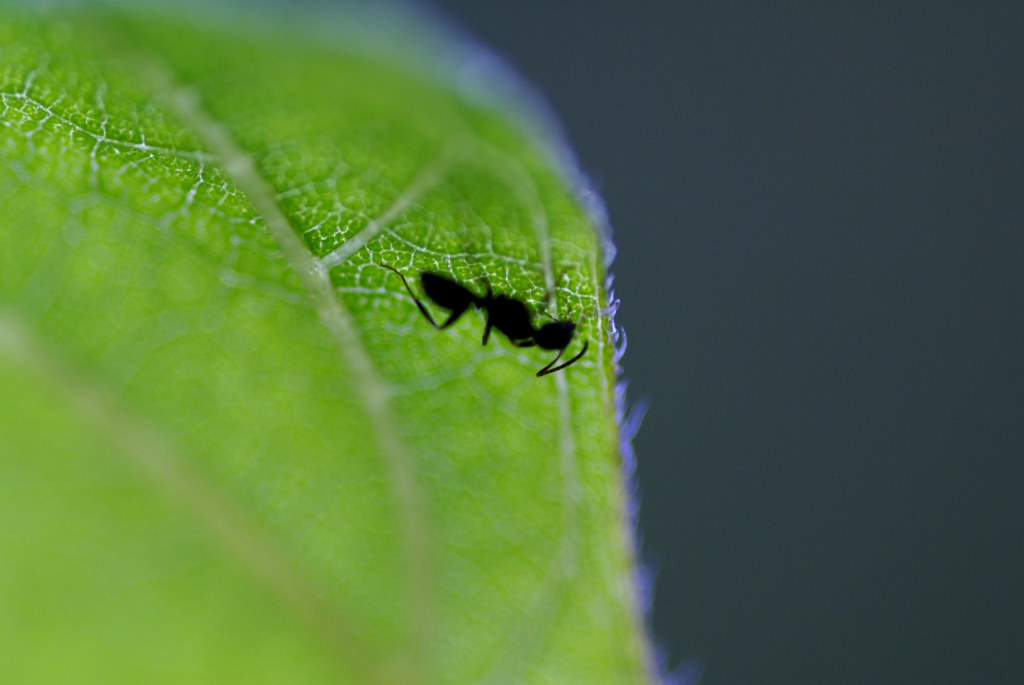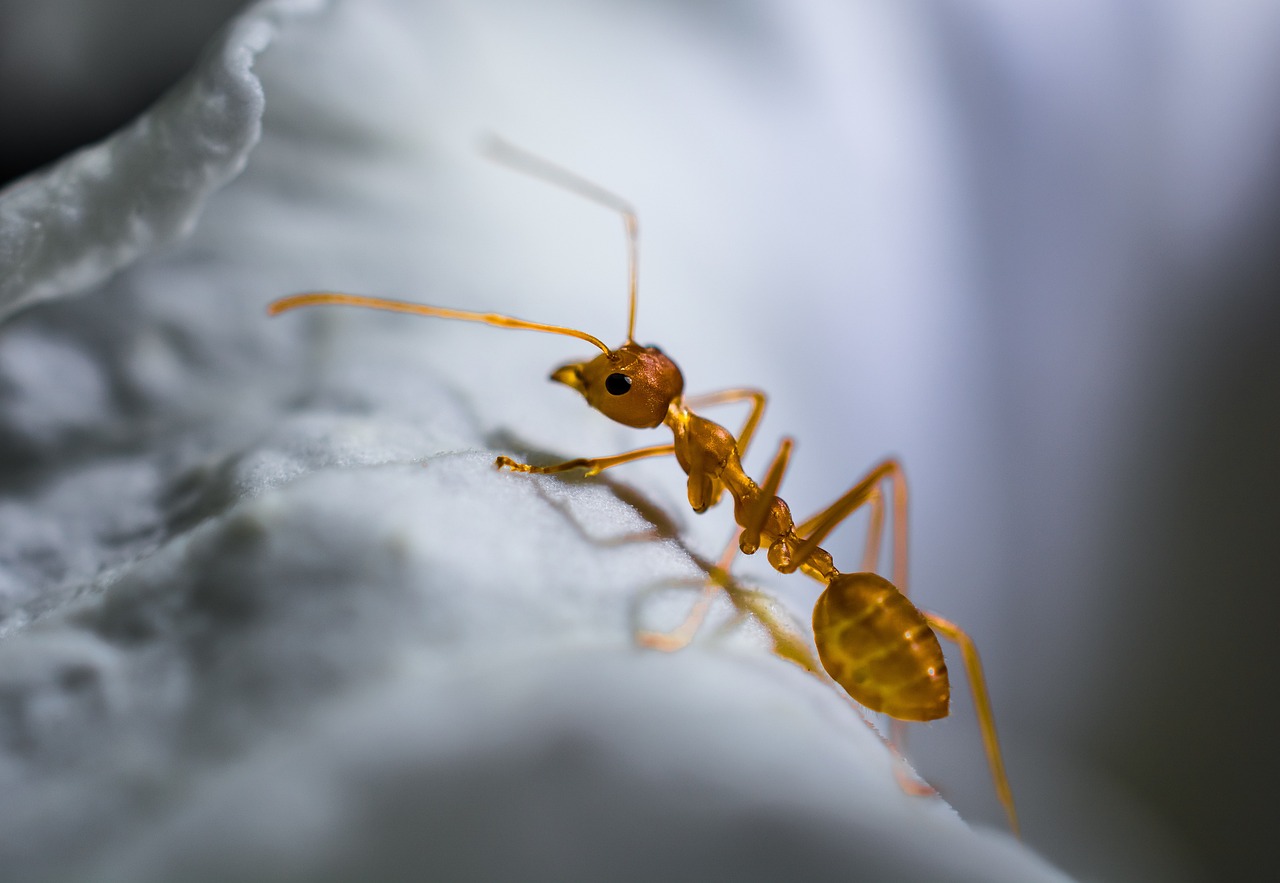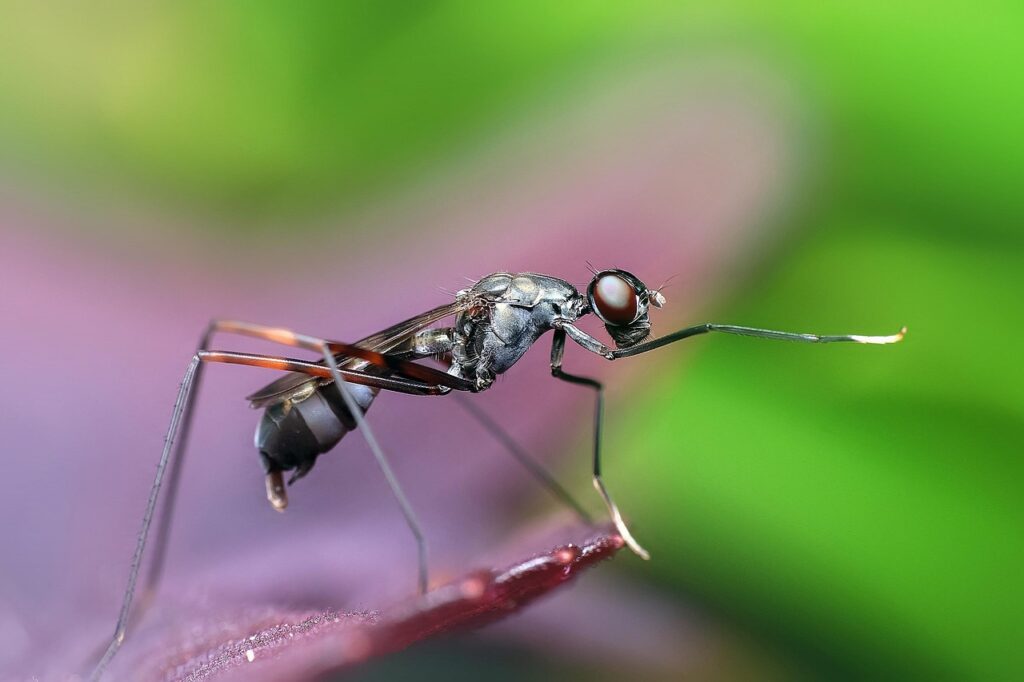Picture this: you’re walking through your backyard when you spot a tiny ant crawling across the pavement. You might think you’re looking at just another common household pest, but what if I told you that ant could belong to a species completely unknown to science? Every single year, researchers uncover dozens of new ant species hiding in plain sight, and the numbers are absolutely staggering. We’re talking about creatures that have been marching around our planet for millions of years, yet somehow managed to escape human detection until now.
The world of ant discovery is moving at breakneck speed, with scientists describing approximately 150 to 200 new species annually. That’s roughly one new species every other day! These aren’t just random finds either – each discovery reveals intricate details about evolution, ecology, and the mind-boggling complexity of life on Earth. From the deepest rainforest canopies to urban sidewalk cracks, these tiny architects are rewriting our understanding of biodiversity.
The Vastness of Unexplored Habitats

Earth’s most remote and inaccessible regions remain largely untouched by scientific exploration, creating vast treasure troves of undiscovered ant species. Think about the Amazon rainforest canopy, where researchers estimate that up to 80% of all species remain completely unknown to science. These towering green cathedrals stretch 150 feet above the ground, harboring entire ecosystems that might as well exist on another planet.
Deep cave systems present another frontier where new ant species lurk in perpetual darkness. Some of these subterranean dwellers have evolved without eyes, navigating their pitch-black world through enhanced chemical senses and touch. Mountain ranges, isolated islands, and underground river systems all harbor unique ant communities that have been evolving in isolation for millions of years.
Microscopic Size Makes Detection Nearly Impossible

Many newly discovered ant species are so incredibly small that they easily slip through the cracks of traditional survey methods. Some species measure less than 2 millimeters in length – imagine trying to spot something smaller than a pencil eraser crawling through leaf litter. These miniature marvels often live in the spaces between soil particles or inside hollow plant stems, making them virtually invisible to casual observation.
The cryptic nature of these tiny ants means that researchers need specialized equipment and techniques to even notice them. High-powered microscopes, molecular analysis, and painstaking sifting through soil samples are essential tools for uncovering these microscopic societies. What’s truly remarkable is that some of these minute species have complex social structures rivaling those of their larger cousins.
Rapid Habitat Destruction Accelerates Discovery Efforts
Scientists are racing against time as human development destroys natural habitats at an unprecedented rate. This urgent situation has sparked intensive biodiversity surveys in threatened ecosystems, leading to a surge in new species discoveries. Researchers know that once a forest is cleared or a wetland drained, any undiscovered species living there could vanish forever without ever being documented.
Paradoxically, construction and development projects sometimes reveal new ant species when they disturb previously untouched soil layers. Road construction through remote areas, mining operations, and urban expansion occasionally uncover hidden ant colonies that have been living underground for generations. These accidental discoveries highlight just how much we still don’t know about the creatures living beneath our feet.
Advanced DNA Technology Reveals Hidden Diversity

Modern genetic analysis has revolutionized our ability to distinguish between ant species that look nearly identical to the naked eye. What scientists previously thought was a single widespread species often turns out to be multiple distinct species with subtle but important genetic differences. This phenomenon, known as cryptic speciation, means that biodiversity has been dramatically underestimated in the past.
DNA barcoding allows researchers to identify new species based on their genetic fingerprints rather than relying solely on physical characteristics. This technology has revealed that some ant groups contain twice as many species as originally thought. The precision of molecular tools means that even the most similar-looking ants can be properly classified and understood.
Climate Change Creates New Ecological Niches
Shifting climate patterns are creating entirely new environmental conditions that allow previously unknown ant species to emerge from obscurity. As temperatures rise and precipitation patterns change, some ant populations become isolated in small refugia where they evolve unique adaptations. These climate-driven changes can split single species into multiple distinct lineages over relatively short periods.
Mountain ranges experiencing warming temperatures reveal new species as researchers explore higher elevations that were previously too cold to support diverse ant communities. Similarly, changing rainfall patterns in tropical regions create microhabitats where specialized ant species can thrive. These climate-induced discoveries show us evolution in action.
Remote Island Ecosystems Harbor Unique Species

Islands represent evolutionary laboratories where ants have developed in isolation for millions of years, creating unique species found nowhere else on Earth. Each island chain, from the Caribbean to the Pacific, contains endemic ant species that evolved special adaptations to their specific environments. The geographic isolation of these islands has allowed ant populations to diverge dramatically from their mainland ancestors.
Recently discovered island ant species often display remarkable characteristics, such as flightless queens, unusual colony structures, or specialized feeding behaviors. Some island ants have evolved to fill ecological roles typically occupied by completely different types of animals. These island discoveries consistently surprise researchers with their unexpected evolutionary solutions to environmental challenges.
Underground and Cave-Dwelling Species Remain Hidden
The subterranean world represents one of Earth’s final frontiers for ant discovery, with new species regularly emerging from deep cave systems and soil layers. These underground communities have evolved remarkable adaptations to life without sunlight, including enhanced sensory capabilities and unique social behaviors. Many cave-dwelling ants have completely lost their pigmentation, appearing ghostly white or translucent.
Specialized cave exploration techniques have revealed ant species living at depths previously thought impossible for complex social insects. Some of these deep-dwelling ants have evolved elongated appendages for navigating tight spaces, while others have developed enhanced chemical communication systems. The darkness of their world has shaped every aspect of their biology in fascinating ways.
Improved Survey Techniques Uncover Overlooked Species
Modern entomological survey methods have become incredibly sophisticated, allowing researchers to detect ant species that were previously overlooked using traditional collection techniques. Pitfall traps, leaf litter extraction, and canopy fogging reveal different ant communities, each method uncovering species that others might miss. These comprehensive approaches ensure that researchers capture a complete picture of ant diversity in any given habitat.
Long-term monitoring programs have also revealed seasonal and annual patterns in ant activity, leading to discoveries of species that are active only during specific times of the year. Some newly discovered ants emerge only during brief windows following heavy rainfall or temperature changes. These temporal patterns explain why many species remained undetected for so long.
Specialist Ants Occupy Incredibly Narrow Ecological Niches
Many newly discovered ant species turn out to be extreme specialists, adapted to incredibly specific environmental conditions or food sources. Some species live exclusively in the bark of a single tree species, while others depend entirely on particular fungi or other insects for survival. These narrow ecological requirements make them difficult to find and study, but also make them particularly vulnerable to environmental changes.
The specialization of these ants often reaches mind-boggling extremes. Researchers have discovered ant species that live only in the hollow stems of certain plants, species that feed exclusively on the secretions of specific scale insects, and even ants that have evolved to mimic other ant species perfectly. These intricate relationships highlight the incredible complexity of natural ecosystems.
Urban Environments Surprisingly Harbor New Species
Cities and suburban areas, despite their artificial nature, continue to yield surprising ant discoveries that challenge our assumptions about urban biodiversity. Some newly discovered species actually prefer disturbed habitats and have learned to thrive in human-modified environments. These urban-adapted ants often display remarkable flexibility in their nesting sites and food preferences.
Construction sites, abandoned lots, and even the spaces between sidewalk cracks can harbor unique ant communities. Some species have evolved to take advantage of urban heat islands, while others exploit the abundant food sources that cities provide. These urban discoveries remind us that nature finds ways to adapt and persist even in the most unlikely places.
Taxonomic Revisions Reveal Previously Lumped Species

As our understanding of ant classification improves, researchers frequently discover that what was once considered a single variable species is actually multiple distinct species. These taxonomic revisions often reveal that widespread ant “species” are actually species complexes containing numerous closely related but genetically distinct lineages. The process of untangling these relationships requires careful analysis of both physical and genetic characteristics.
Museum collections play a crucial role in these discoveries, as researchers re-examine specimens collected decades or even centuries ago using modern analytical techniques. Sometimes, the “new” species has been sitting in a museum drawer for generations, waiting for the right expert to recognize its unique characteristics. These rediscoveries highlight the importance of maintaining comprehensive natural history collections.
Collaborative Global Research Networks Accelerate Discovery

International collaboration between researchers has dramatically increased the pace of ant species discovery by sharing expertise, resources, and access to remote locations. Scientists from different countries often work together on expeditions, combining their knowledge of local ecosystems with advanced analytical techniques. These partnerships have opened up previously inaccessible regions to scientific exploration.
Online databases and digital imaging technology allow researchers worldwide to share and compare specimens instantly, leading to faster species identification and description. Social media and citizen science projects have also contributed to discoveries, as amateur naturalists share photographs of unusual ants they encounter. This global network of observers has exponentially expanded our capacity to detect new species.
Evolutionary Radiations in Isolated Environments

Certain geographic regions have experienced rapid evolutionary radiations, where single ancestral ant species have diversified into numerous distinct species over relatively short periods. These evolutionary hotspots, often found in tropical mountains or island chains, contain exceptionally high levels of endemic species. The isolation and diverse microhabitats in these regions provide perfect conditions for speciation.
Madagascar, for example, continues to yield remarkable ant discoveries as researchers explore its unique ecosystems. The island’s long isolation from mainland Africa has allowed its ant fauna to evolve in extraordinary directions, producing species with unusual behaviors, morphologies, and ecological adaptations. Similar patterns occur in other isolated regions around the world, each with its own unique evolutionary story.
The Future of Ant Discovery

The pace of ant species discovery shows no signs of slowing down, with new technologies and expanded research efforts promising even more remarkable findings in the coming years. Artificial intelligence and machine learning are beginning to assist in species identification, while environmental DNA sampling can detect ant species from soil samples without even seeing the actual insects. These cutting-edge approaches will likely reveal species that have never been directly observed.
As we continue to explore Earth’s remaining wild places and develop new research methods, the number of known ant species will undoubtedly continue to grow. Each discovery adds another piece to the puzzle of life’s incredible diversity and reminds us how much we still have to learn about the small creatures that share our planet. The world of ants holds secrets that could revolutionize our understanding of evolution, ecology, and the very nature of life itself.
The relentless discovery of new ant species reveals just how much mystery still surrounds us in the natural world. These tiny creatures, with their complex societies and remarkable adaptations, continue to surprise and inspire researchers worldwide. Every new species discovered represents millions of years of evolutionary history and offers fresh insights into the intricate web of life on Earth. As we face unprecedented environmental challenges, understanding and documenting this incredible diversity becomes more crucial than ever. Who knows what extraordinary ant species might be living right under our feet, waiting to be discovered?

